Image properties
Philips has long focused more on professional and multimedia monitors, but it seems to be getting serious about gaming monitors as well. After the console-focused 329M1RV, we have the 32M1N5800, which offers the same 32-inch 4K 144 Hz HDR display, but in a slightly more aggressive design. The aim of the test will be to compare the two models and find the differences between them, as the paper specs are very similar.
Image properties
We tested the display properties using the Datacolor Spyder5Elite probe. The display has a 31.5″ IPS matrix with a traditional 16:9 aspect ratio, 3840×2160 px resolution, anti-glare treatment and even bezels on three sides. The main selling point of the display is the 144 Hz refresh rate combined with FreeSync premium with a range of 48–144 Hz and also certified G-Sync support, which I was convinced of as soon as I connected the display thanks to the announcement as well as in my tests. The manufacturer claims 124 % coverage of the sRGB spectrum, 113 % for NTSC and 87.5 % for AdobeRGB, 1000:1 contrast and 1 ms response times for both GTG and MPRT. The display also received VESA DisplayHDR 400 certification, the manufacturer states a brightness of 500 nits, which is more than we usually see. Aside from official G-Sync support and a lower AdobeRGB value, these are the same specs we saw with the 329M1RV.
We compared the display quality in the basic mode, which is the mode the monitor will be in right out of the box. We measured 100 % sRGB, 83 % AdobeRGB, 94 % DCI-P3 and 82 % NTSC with the probe. These are pretty much the same numbers we saw with the 329M1RV, which just confirms the theory that these are nearly identical monitors. The test piece offers slightly lower brightness with a value of 471 nits, which is about 30 less than its brother, as well as the average Delta E color deviation with a value of 1.31 is slightly worse than the value of 1.01 measured with the 329M1RV. In both cases, however, these are better values than we measured with the AOC Agon 4 Pro, which is a monitor in the same category. Similar to the black display test, the deviation in the top right corner was noticeable, and the probe noticed it too.
The display offers up to five gamma modes, which, apart from the first one, correspond exactly to the values in their names, i.e. 1.8, 2.0, 2.2, 2.4 and 2.6. The first mode had only a minimal deviation of 0.01. The colour modes are also exceedingly numerous, offering a range of temperatures from 5200 to 11700 K. The highest measured contrast at 100 % brightness was 810:1 in the native colour mode, where the maximum brightness of 478 nits was also achieved. HDR support is still rather on paper despite the higher brightness, as some form of local dimming is missing, but here again I’m probably spoilt for choice due to my day-to-day OLED use. For users of this monitor, the bottom line will be that it can display HDR content whether it be games or videos, but for a true HDR experience you need to look elsewhere.
Input Lag and Response Time
We also measured the input lag on the monitor in multiple SmartResponse modes and in both active and inactive Low Input Lag mode.
The basic setting with Low input lag mode turned off and without SmartResponse achieves a response time of 23.4 ms. Gradually switching SmartResponse takes us to 23.0 ms, which is only a marginal improvement. Much more important is the activation of Low input lag mode, when the response time drops dramatically to 11.0 ms. SmartResponse can then reduce this value by three steps, namely Fast, Faster and Fastest. The measured value then drops to 10.6 ms. The measured values are again very similar to those of the 329M1RV. So enabling Low input lag mode is more than recommended, the next picture will tell us better which of the SmartResponse modes to choose.
On the manufacturer’s website you can find information about 1 ms response time GTG, i.e. pixel refresh rate. MPRT mode with 1 ms response time is also available, but then Adaptive Sync is inactive, the brightness is dramatically reduced, and it cannot be controlled. Moreover, outside of gaming, this mode is not suitable due to screen flicker, so we will stay with the tests without active MPRT. SmartResponse offers three options in addition to disabling it. On the fast setting the difference is very minimal, however, the faster and fastest settings suffer from significant inverse ghosting. Thus, of the available modes, Faster/Faster seems to be the most suitable for both lowest input lag and minimizing ghosting without unwanted inverse ghosting, although the real change compared to the “Off” state is really only cosmetic. However, unlike the 329M1RV, inverse ghosting is not seen in Faster mode.
Power draw
We measure the power draw with a new methodology using a UNI-T UT71E multimeter. The monitor consumes 25 W at 0 % brightness and white color display, at 100 % brightness it is more than twice as much, namely 61.4 W. For comparison, we also measured the black color, where the values differ only minimally from the white color – 0 % = 24.7 W, 100 % = 61.2 W, so almost not at all. The following is a power draw test when viewing 4K HDR video of Costa Rica on YouTube. We tested the HDR movie mode, in which the power draw hovered around 68.4–69.3 W. This is lower than the 329M1RV, which is more than interesting.
The monitor lost both Ambiglow and the USB-C connector, so no further tests were possible.
Gradually we will collect results from other monitors and translate the values into graphs, as is our usual practice.





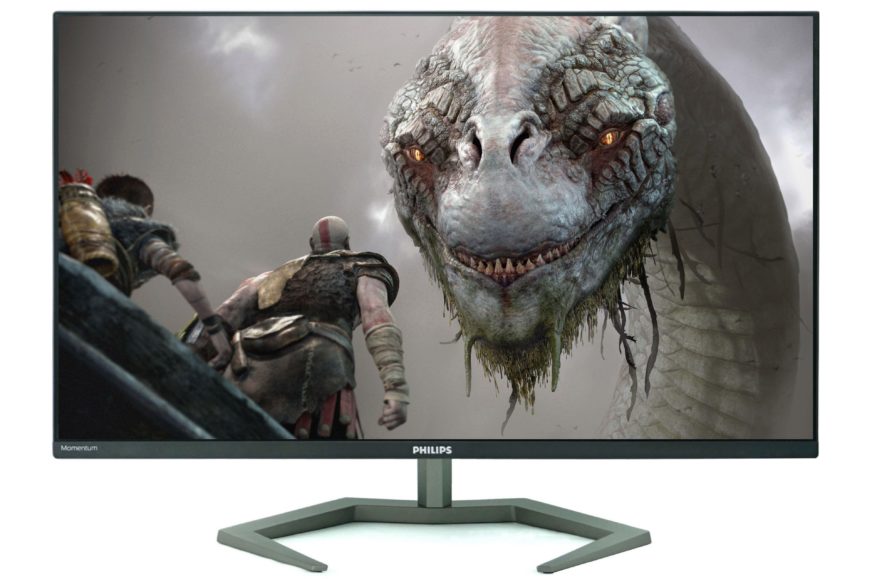

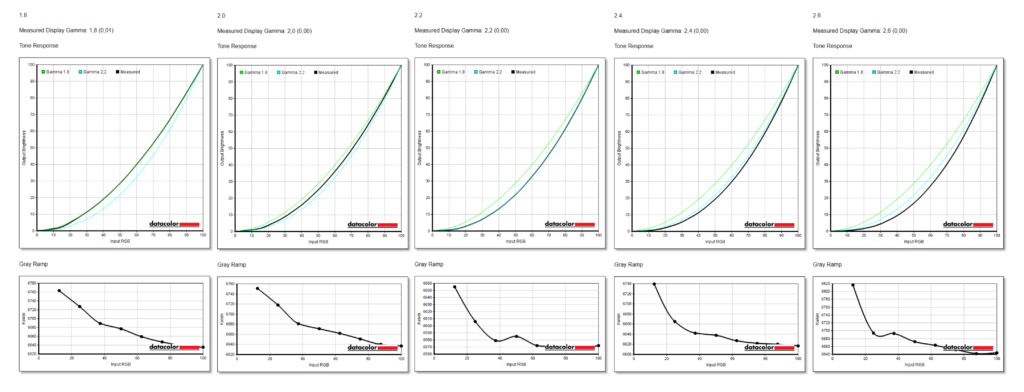
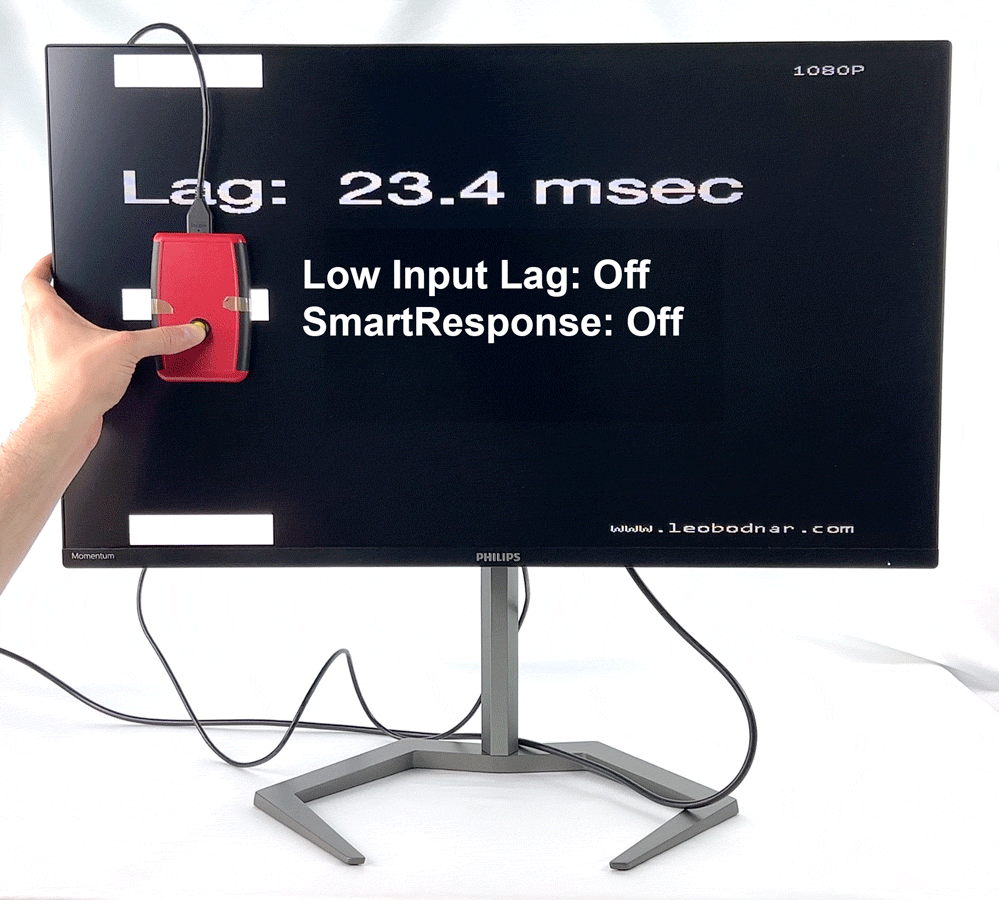
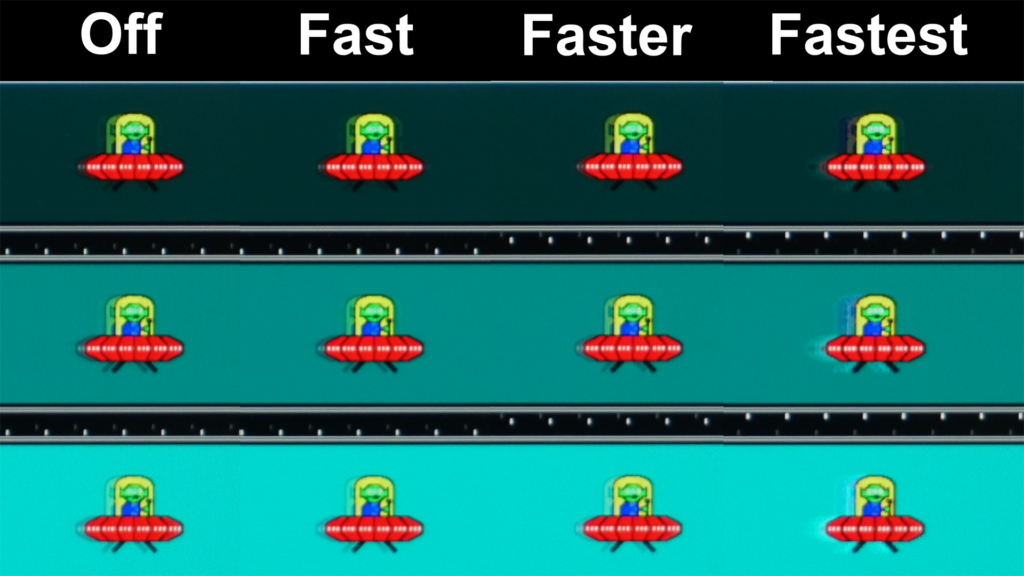
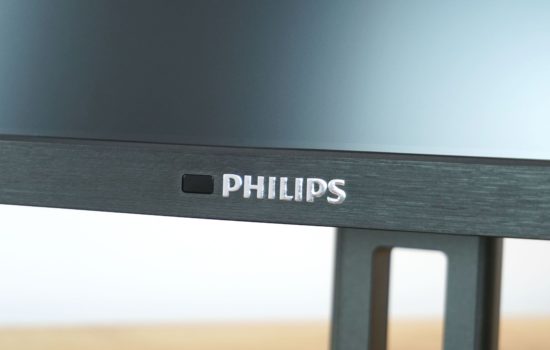
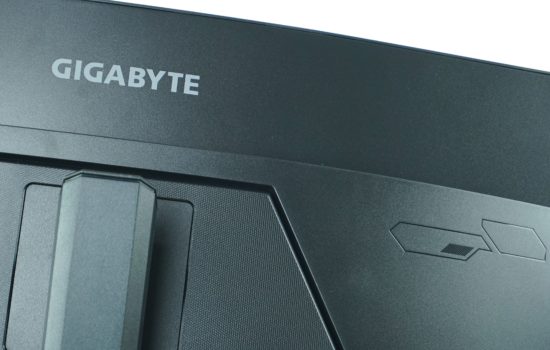
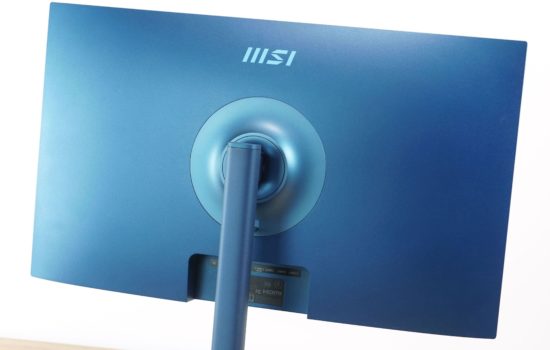



Hi, thanks for the great test. Did you notice any color banding? I got the same one and see color banding for example on the solidjs homepage or eizo monitor test homepage. Thanks
Hi Rene, I haven’t seen such issue with the testing sample, it might be good idea to take it for warranty service…